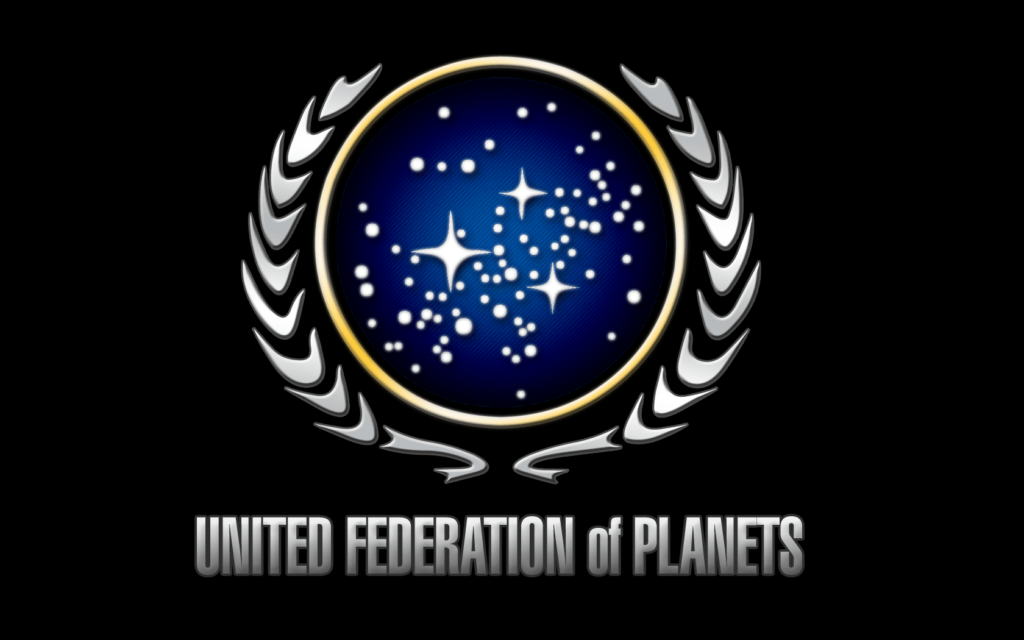Whether we’re aware of it or not, we all benefit enormously from open source software. Most web servers and most browser engines are open source. The operating system that powers most internet servers is open source. Critical components of MacOS and Windows are open source. We the People are really good at making free software for each other.

But one thing open source hasn’t been able to do is to own and operate a platform like Twitter or Facebook or Reddit. It’s too expensive, and involves too many difficult challenges, like content moderation and resilience. The concept of federation addresses that gap in the open source world by saying “Rather than having one massive expensive server “instance” that runs everything, what if we could split a service up into thousands, or hundreds of thousands of small server instances that intercommunicate? This approach to service design is called “federation” and has a bunch of advantages:
- Massive expense is not a problem – the burden is shared
- No single server has to copy all of the content – just the content its own users want to see
- Individual instances can have different philosophies, e.g. set their own content moderation policies
- Individual instances can block other instances they deem problematic
- Resilience – if an instance goes down, the rest of the network stays up
For the first time, it becomes affordable — and do-able — to run a platform at scale on nothing but volunteer time, by lots of people paying as little as $10/month to run a server. Not only that, but it provides an alternative for people who just can’t stomach giving free content to Facebook to advertise against, or billionaire ass-hats like Elon Musk who are bent on turning a neutral service into a political tool (emphasizing their own politics, of course).
For the first time, we the people can build, host, and maintain a large social network without corporate involvement. And because the profit motive goes away, other excellent side-effects follow, such as:
- No advertising
- No algorithms
- No mining of your personal data or shared content
When you think about it, Federation is one of the most important developments in the evolution of the internet that’s come along in decades. I think it’s a game changer, and I don’t say that lightly.
Federation rocks
“The Fediverse” works by allowing different pieces of software to implement a protocol called ActivityPub, which is very flexible. The beauty of building the Fediverse on top of a protocol rather than a particular piece of software is the openness it allows – we can build apps that work similarly to Instagram, Twitter, Facebook, or whatever we like, and they can all talk to each other.

The most successful network built on ActivityPub is Mastodon. It’s by no means the only one, but it’s the first thing people point to when they’re looking for alternatives to Twitter right now. People have a lot of thoughts about how Mastodon can’t succeed, can’t last, can’t scale, etc. To be fair, there are downsides and limitations to federation:
- By definition, new users have to start by selecting a server, which is trivially easy, but nevertheless daunting for some people
- Caching challenges (caching is hard, as any software engineer will tell you)
- An operator could pull the plug on its users without warning (which has proved to be more of a hypothetical problem, but is a risk) (but it’s also not hard to move your account to another instance)
- Following people on other instances requires an extra step
But none of these are show-stoppers, and Mastodon is growing daily as Twitter’s numbers shrink (the migrations come in waves, as hate speech on Twitter rises and Musk’s algorithms force his own voice into your Notifications).
It’s hard to get an accurate count of the total number of Mastodon users – it seems to be at or around 6.4 million users at this writing. That’s a small number compared to Twitter, but more than enough to find lots of interesting writers and to create a really compelling feed for daily reading.
But there’s more to it than that – almost all Mastodon users agree that their posts get a lot more engagement than the same posts do (or did) on Twitter. People are active, interested in conversation, supportive. And while difficult people are everywhere, I’m just not seeing the haters (the Mastodon server I’m on doesn’t tolerate hate speech, though I’m sure there are subnets of Mastodon instances where hate speech thrives).
On Mastodon, the equivalent of a retweet is called a “Boost” and I’m seeing it happen at crazy levels compared to what I’m used to. I’m seeing a few of my posts go viral, boosted hundreds or thousands of times! I’ve never had an experience like that on Twitter (sharing this not to brag, just to show that there’s some real live energy happening on Mastodon):

If You Don’t Like Traffic, Don’t Be Traffic
One obvious downside is that even though there are millions of users, you’re not likely to see many of the most famous people on Mastodon. You can’t just “Toot” at your phone company, or follow your favorite actors or musicians. There are exceptions, but it’s not a given… yet! To change that, Mastodon has to achieve critical mass.
But there’s only one way that happens – when enough people collectively decide that they just can’t in good conscience give money to a person who has literally taken the handcuffs off thousands of Neonazis, fired and denigrated Iceland’s Person of the Year, refused to pay rent on his offices, fired much of his staff and asked the remaining ones to sleep on the floor, turned off the free Twitter APIs that enabled third-party clients, etc. all while the quality of content on Twitter has plummeted and hate speech has risen sharply.
It seems like no matter how bad Twitter gets, no matter ugly of a soul Musk proves himself to be, people are weirdly reluctant to leave. If you’re not leaving Twitter for Mastodon because you think it’s not buzzing, there’s one way to fix that — by joining Mastodon, tapping in, getting active, and being the buzz.
March 9 is formally #JoinMastodonDay, and March 15 is #LeaveTwitterDay. What are you waiting for?
Newcomer Tips
If you’re new to Mastodon, a few starter tips:
No algorithm or bot is going to help you find users to follow – that’s up to you. While the window to use tools that would help you find and follow your old Twitter peeps on Mastodon closed when Musk shut down the APIs, there are other ways to find great stuff. In my opinion, the best is to search for and follow hashtags related to your interests, then follow people you find in those search results. Guaranteed bonanza, whether you’re into ukulele or climate change or DIY. Also, check out who the people you like follow, and follow them. It’ll take off for you, promise.
Second, post! (“toot”). Let people know you have stuff to say and you’re not just lurking. People will find you, guaranteed. When you do post, use hashtags to make your stuff discoverable – hashtags are the most important tool you have to get your posts seen outside your circle of followers.
Third, engage with people. Leave comments, let people know they’re being seen, that you enjoyed their posts, whatever. Talk!
Fourth, there are lots of mobile apps for Mastodon for iOS and Android – try a bunch. I’m loving Ivory, but you have choices. On desktop, I’m now using Elk rather than the default UI provided by my server (aren’t APIs amazing?)
Finally, keep your eyes on the prize. We are on Mastodon not just to escape Twitter, but to create the next wave of social networking, on a platform that is built and owned and operated by We The People, not by a corporation. This is huge! This changes everything. But it won’t work if you don’t play. Join us.
I’m shacker on zirk.us:
https://zirk.us/@shacker

Nice writeup. Glad to see you writing again. Getting set up on Mastadon on my to do list, but work is crushing me.
That is a compelling spiel. I’m on it.
@Tim @Will let me know your URLs when you’re all set up!